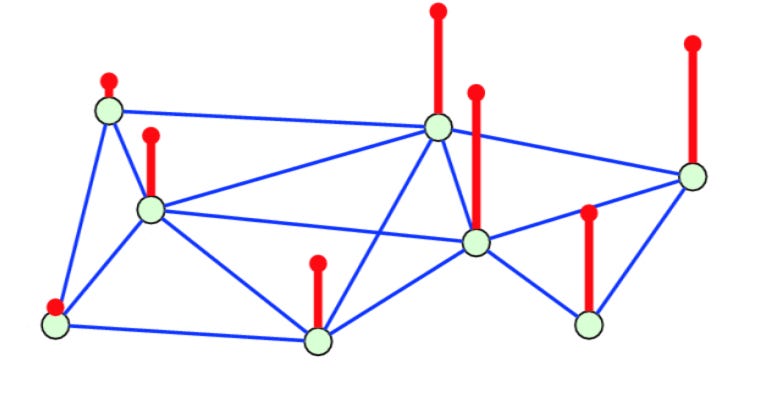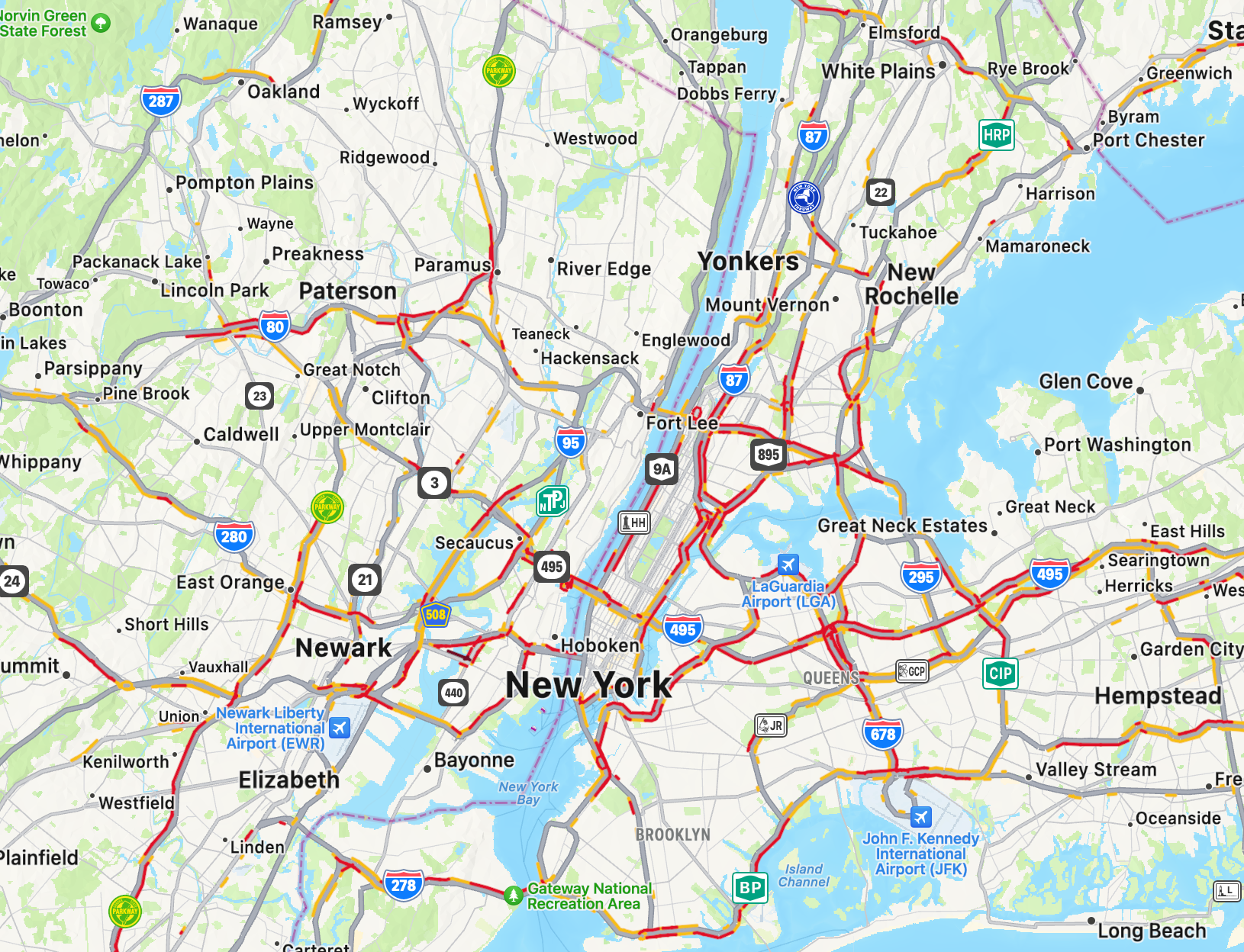Research topics
This page offers a concise overview of my research endeavors, presented starting with the most recent work. I am open to discussions on these topics and beyond. Feel free to reach out to me at: semin.kwak@sony.com.
Graph signal processing (GSP)

As a postdoctoral researcher, I’ve been dedicated to advancing the field of Graph Signal Processing (GSP). This captivating domain bridges the gap between graph theory and signal processing. At its core, GSP aims to process signals defined on graphs, considering the irregular relationships inherent to such structures. This contrasts with traditional signal processing, which assumes signals are defined on a Euclidean domain. My current research delves into defining the graph Fourier transform for directed graphs, mirroring the Fourier transform’s role in conventional signal processing.
Multivariate time-series forecasting

The primary focus of my research during my doctoral studies was predicting future sensor values in highway sensor networks. Initially, I proposed a linear model capable of capturing the periodicity of traffic, establishing an analytic predictor. This model demonstrated superior predictive performance compared to existing models (related paper). Expanding on this research, under the assumption that traffic changes over time can be approximated by a diffusion model, I updated the predictor using Bayesian inference techniques, achieving even more impressive predictive results (related paper). Lastly, I further extended this research to implement a non-linear predictor through a graph neural network, which again displayed outstanding predictive performance in comparison to prior models (related paper, github repository).
Beam pattern synthesis of multiple antennas

During my master’s studies at the Korea Advanced Institute of Science and Technology (KAIST), I delved into the field of beamforming. At its core, beamforming can be likened to shaping wave propagation in a pond using multiple pebbles: the pebbles represent antennas, and the waves equate to electromagnetic wave propagation. The formation or “shape” of the beam is crucial in various applications. For instance, in 5G communication, where multiple antenna arrays facilitate rapid, targeted communication, it’s essential to shape the beam to maximize power towards the desired user and minimize gain to others, as the beam might interfere with them (related patent). This process is also termed as “beampattern synthesis” as it involves synthesizing patterns for each antenna (related paper 1, related paper 2).